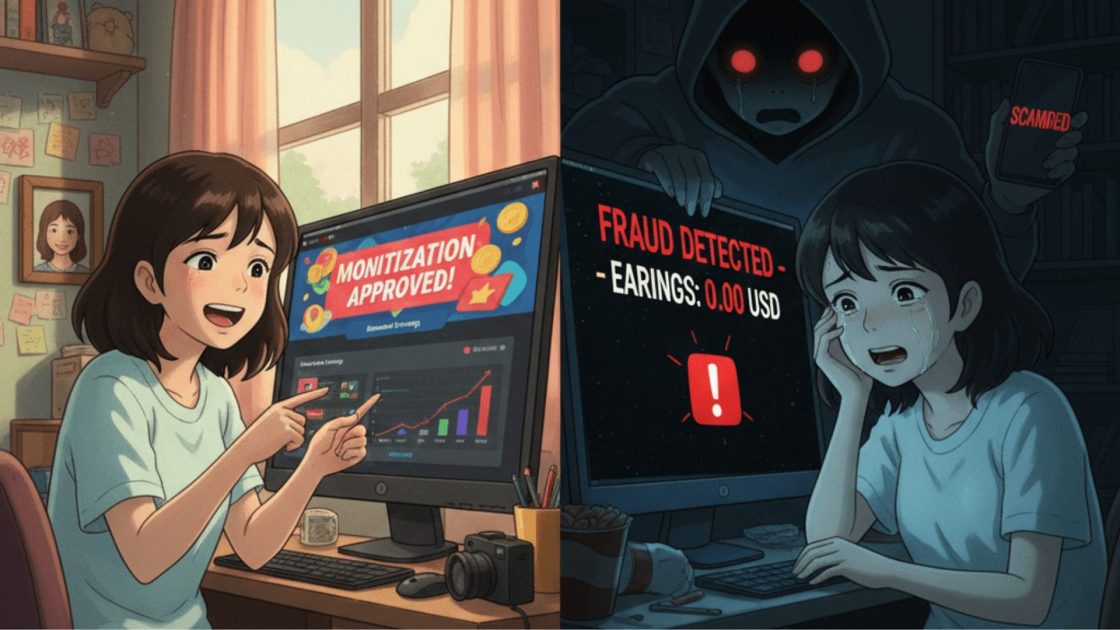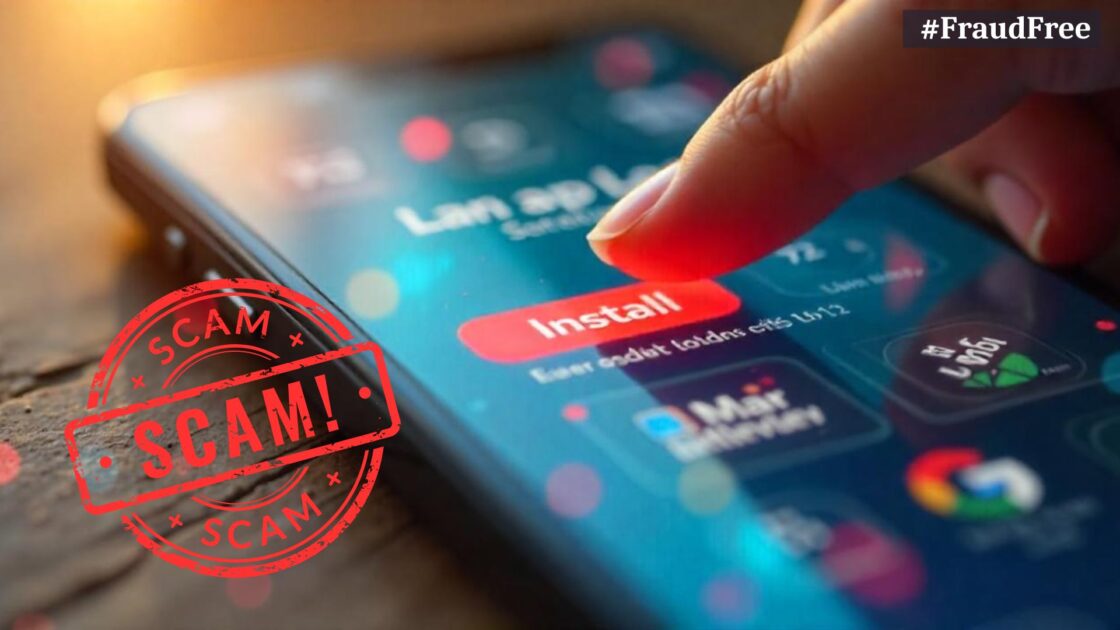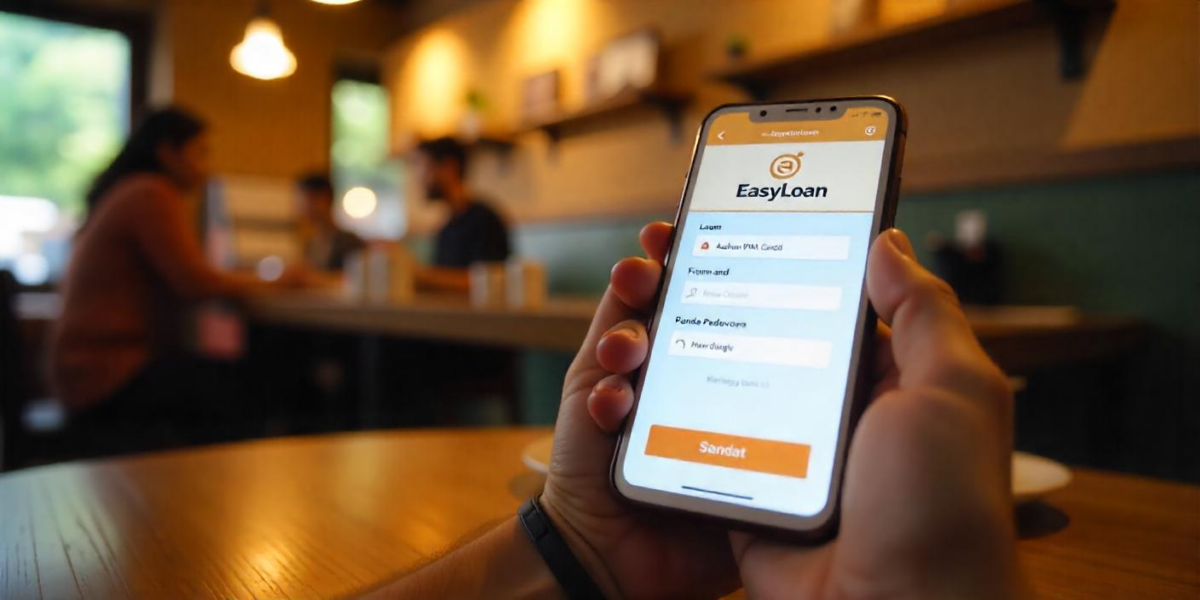YouTube Monetization Scam is the latest trap catching thousands of creators online.
Picture this, you’ve been working hard on your YouTube channel. The thumbnails are on point, the watch hours are climbing, and you’re finally close to getting monetized.
Then one day, you get an Instagram ad or a Facebook message that looks official.
It says something like:
“Get your channel monetized instantly, official YouTube Partner verification here.”
There’s even a professional-looking logo, maybe a testimonial video, and a promise of fast monetization. You click. You fill out a form. You’re excited, finally, the dream is real.
Except it’s not.
Within hours or days, your channel access vanishes. Your email’s been compromised, or worse, your personal info, IDs, or bank details are floating around in the hands of scammers.
This scenario isn’t rare anymore. In fact, Instagram and Meta ads have quietly become a new playground for YouTube monetization scams, especially targeting smaller creators who are eager to hit that 1,000-subscriber milestone.
In this post, let’s break down how these scams actually work, the different tactics scammers use, and most importantly, how you can protect yourself before it’s too late.
How YouTube Monetization Scams Work?
Scammers know how desperate and motivated creators can be when chasing monetization. They exploit that emotional urgency with social engineering and AI-powered deception.
Here’s a simple breakdown of the scam flow:
1. The Lure
Scammers reach out via Instagram DMs, Facebook ads, emails, or even Telegram, pretending to represent YouTube or an official monetization agency.
Common hooks:
- “Monetization Policy Update – verify your channel immediately.”
- “Fast-track YouTube monetization — official partner assistance.”
- “You’ve been selected for paid channel promotion.”
Some even include private YouTube videos or AI-deepfaked messages that look scarily real.
2. The Redirect
You’re sent to a fake website that looks almost identical to YouTube Studio or Google Sign-In.
Sometimes it’s a typosquatted domain like youtube-studio. online or monetize-youtube[.]pro.
Other times, the ad first plays a convincing explainer video to “prove legitimacy,” then redirects to the phishing page.
3. The Phishing Form or OAuth Trap
The fake page might ask you to “log in with Google” or upload verification documents like PAN, Aadhaar, or bank info.
Once you do, your credentials, cookies, and tokens are stolen — giving scammers full access to your YouTube channel.
Sometimes they skip passwords altogether and trick you into granting OAuth permissions, allowing them to control your channel remotely.
4. The Malware Twist
A newer twist involves scammers sending “YouTube Monetization Verification Forms” as downloadable files.
These are Trojan-laced documents containing malware like RedLine or Luca, which steal saved passwords and session tokens.
5. The Aftermath
Once your channel’s hijacked, it’s usually repurposed for:
- Crypto scams and fake live streams
- Phishing campaigns
- Selling “monetized” channels to other users
In some cases, creators are asked to pay a “recovery fee” or “verification charge” to regain access, which is just another layer of the scam.
Common Types of Monetization Scams
Here are some of the common types of monetization scams running in India:
1. Instagram & Meta Ad Scams
This is the most aggressive trend right now.
Creators are being targeted through sponsored Instagram ads that look legitimate.
They claim to be “YouTube-certified monetization partners” offering instant approval or sponsorship deals.
Clicking the ad leads to phishing forms or payment pages requesting fees for “verification.”
If an ad on Instagram or Facebook offers to monetize your channel, it’s fake. YouTube doesn’t authorize any third party for monetization.
2. Phishing Emails & Deepfake Videos
Emails or DMs that mimic YouTube support, often including videos of supposed YouTube executives (deepfaked) explaining policy updates.
The message directs creators to “confirm eligibility” via a malicious link.
3. “Like & Subscribe” Task Scams
Victims are told they can earn money by liking or subscribing to videos. Small payments are made initially, then larger investments are demanded — and stolen.
4. Fake Monetization Agencies
Fake companies offer “guaranteed YPP approval” or “algorithm hacks” for a fee. Once payment is made, communication stops. YouTube never requires payment for monetization.
5. Fake Engagement Services
These offer to sell views, subscribers, or watch time to hit monetization thresholds. It violates YouTube’s policies and can result in permanent channel suspension.
How to Spot YouTube Monetization Scam?
Here are some red flags you should never ignore:
- The email or message creates urgency (“verify now or lose monetization”).
- The sender isn’t from @youtube.com or @google.com.
- The link isn’t a genuine YouTube or Google domain.
- You’re asked to upload personal documents or download files.
- Private videos or ads urge you to click an external link.
- OAuth apps request full YouTube account access from unknown sources.
How to Protect Yourself from Online Frauds?
- Enable Two-Factor Authentication (2FA)
Even if someone steals your password, 2FA can stop them from logging in. - Check Third-Party App Access
Go to Google Account → Security → Third-party apps and revoke anything unfamiliar. - Avoid “Pay-to-Monetize” Services
Only the official YouTube Partner Program (YPP) manages monetization. It’s always free. - Hover Before You Click
Always preview links before clicking — typosquatted domains are a huge red flag. - Educate Your Team or Co-Creators
If you share access, make sure everyone knows these risks.
What To Do If You’ve Been Scammed?
Here are some of the tips you can follow to protect yourself from further damage, in case you have been scammed:
- Change your Google password immediately.
- Revoke OAuth access for suspicious apps.
- Sign out from all devices and check login activity.
- Scan your device for malware.
- Alert your bank if you shared financial info.
- Report the scam to YouTube.
- File a cybercrime complaint by documenting all the evidence.
Need Help?
Register with us, and we will guide you through the process to report such scams online and further escalation, if required.
Conclusion
The truth is, YouTube monetization scams are getting smarter, faster, and more believable, especially those running through Instagram and Meta ads.
They prey on creators’ ambitions — that hunger to finally turn content into income.
But remember this: no legitimate YouTube process requires you to pay, verify, or sign in anywhere outside of google.com or youtube.com.
Be cautious. Be curious.
And most importantly — protect your grind. You’ve worked too hard to let a scammer cash in on your dream.







